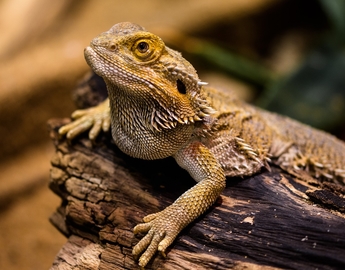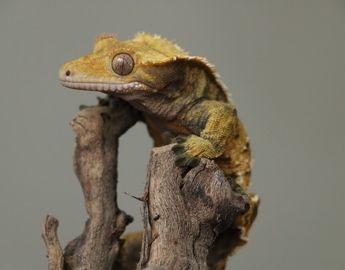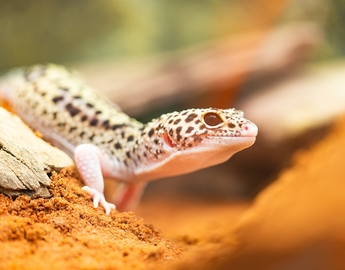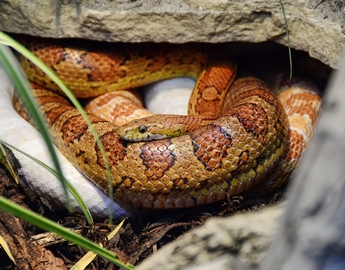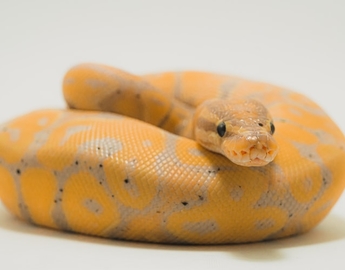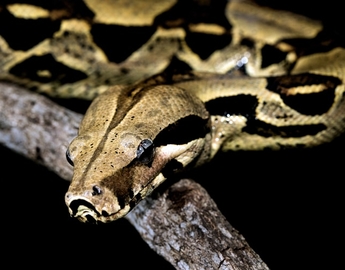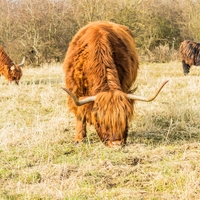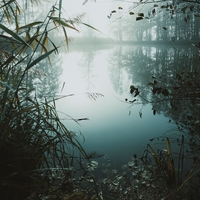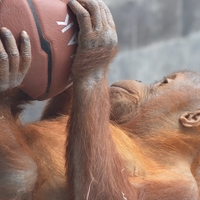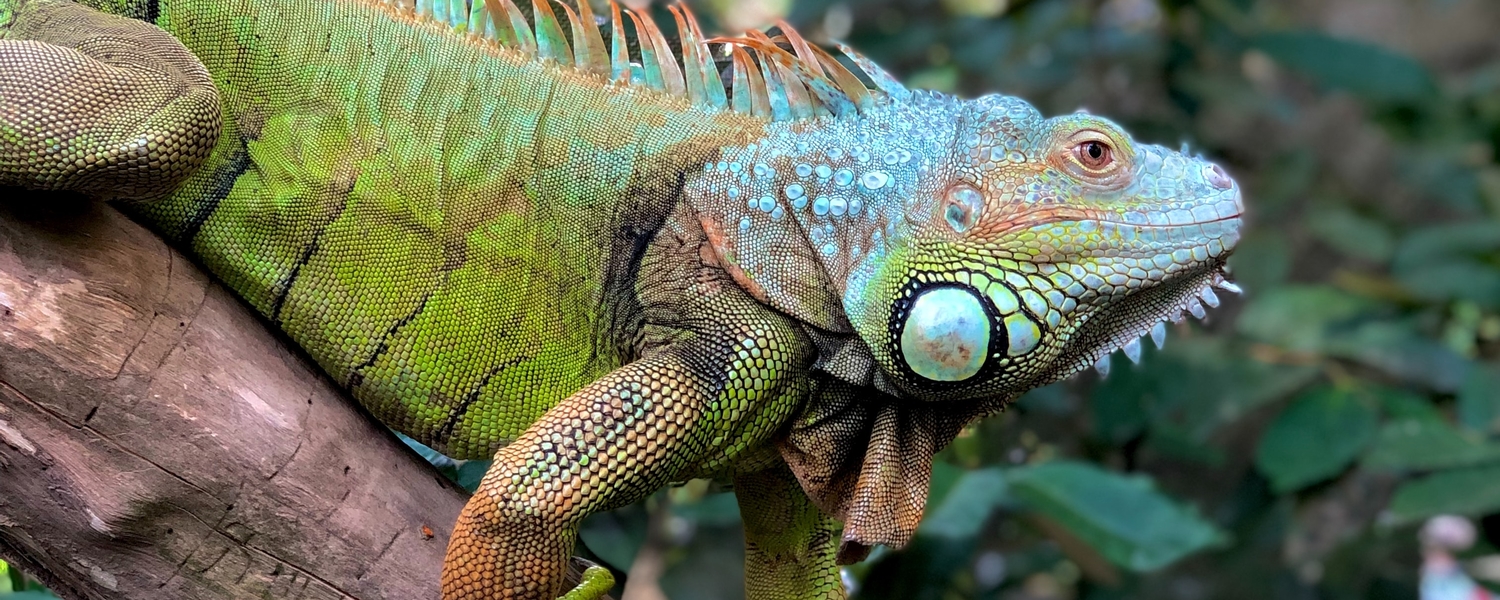
Reptiles and Husbandry
Tortoises (Kiya mînî en ûbin) & Turtles (Kiya)
Tortoises and turtles both belong to a group of animals known as Chelonians. Chelonians are known for their unique shells! The main difference between tortoises and turtles is that tortoises live on land and turtles live in the water. Hover over the images below to learn more about tortoises and turtles.
ACTIVITY TIME!
Your research team has found out the following information for you.
-
Height 4 inches (10 cm), length 8 inches (20 cm)
-
Walks on 6 legs- top speed of 20 km/hr
-
Presence of toe beans on every foot and enjoys belly rubs
-
Ectotherm required temperature gradient (hot area 36°C, ambient 26°C )
-
Spends most of time hiding in holes
-
4 chamber stomach presents, and continously consuming food and chewing cud
-
Crepuscular and prey animal
-
Highly intelligent- equivalent to 6th grade child
-
Absorbs water through skin and likes to soak
How to design an enclosure?
Work your way through the check list below to help you design the perfect habitat. Draw your habitat out and write down all your ideas so that you don't forget anything.
Food
What would be the best type of food for this new species? Are they a monogastric animal like the dog? A ruminant like the cow? A hindgut fermentor like the horse? Does this new animal need to be eating all the time or just a couple times a day?
Think about what each of these species eat and how often and make a plan for this new alien animal.
Habitat
What would be the best type of habitat or enclosure for this new species? Does it require anything to hide under? Does it need lots of light? Does it need grass to munch on all day? Does it need trees to climb on? Does it need a heat source?
Think about what each of these species needs in its environment make a plan for this new alien animal.
Enrichment
What kind of enrichment do you think this new species needs?
Think about what each of these species needs in its environment so that it is stimulated and make a plan for this new alien animal.

